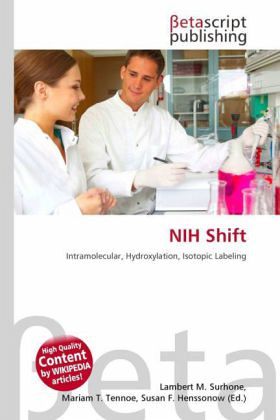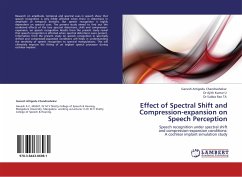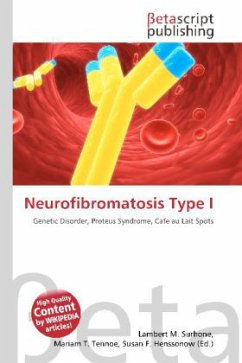
NIH Shift
Versandkostenfrei!
Versandfertig in 6-10 Tagen
19,99 €
inkl. MwSt.

PAYBACK Punkte
10 °P sammeln!
Please note that the content of this book primarily consists of articles available from Wikipedia or other free sources online. An NIH shift is a chemical rearrangement where a hydrogen atom on an aromatic ring undergoes an intramolecular migration primarily during a hydroxylation reaction. This process is also known as a 1,2-hydride shift. These shifts are often studied and observed by isotopic labeling. In this example, a hydrogen atom has been isotopically labeled using deuterium (shown in red). As the hydroxylase adds a hydroxyl (the -OH group), the labeled site shifts one position around ...
Please note that the content of this book primarily consists of articles available from Wikipedia or other free sources online. An NIH shift is a chemical rearrangement where a hydrogen atom on an aromatic ring undergoes an intramolecular migration primarily during a hydroxylation reaction. This process is also known as a 1,2-hydride shift. These shifts are often studied and observed by isotopic labeling. In this example, a hydrogen atom has been isotopically labeled using deuterium (shown in red). As the hydroxylase adds a hydroxyl (the -OH group), the labeled site shifts one position around the aromatic ring relative to the stationary methyl group (-CH3). Several hydroxylase enzymes are believed to incorporate an NIH shift in their mechanism, including 4-hydroxyphenylpyruvate dioxygenase and the tetrahydrobiopterin dependent hydroxylases. The name NIH shift arises from the U.S. National Institutes of Health from where studies first reported observing this transformation.












